
2006 Ninja 650R vs Suzuki SV650
Life must be tough for middleweight Twins. Despite all they have to offer, they still get tagged with the beginner bike label. While many of these bikes may be bought by first-time motorcyclists and buying one of these rather than, say, a GSX-R1000 or ZX-10 as your first ride displays uncommon common sense, the label is still somewhat insulting.
Even though it does imply that you’re doing something pretty cool – learning to ride a motorcycle – a certain stigma remains. After all, how many people would walk proudly into their local pharmacy and ask the cute cashier where to find the trainer condoms?
You would think that the beginner bike moniker would have been debunked after all the club racers that have filled the grids at their local track with SV650s. Before that it was Honda Hawks and EX500s. The unfortunate truth is that we Americans have this problem with size.
We think bigger is always better. In motorcycles, horsepower is king. Never mind that you have to know how to use it.
The Ninja 650R has a sophisticated look that belies its budget $6299 price tag.
So, on streets and racetracks around the country, a parade of riders insists on throwing a leg over more bike than they’re ready to handle. And you know what the sad part is? They’d probably have more fun riding the smaller bikes that they disdain so. (An aside: When I started racing my EX500, the novice racer pitting next to me was riding a ZX-9. After he’d high-sided himself a couple of times, I suggested that maybe he’d want to try a smaller bike for racing.
His expression told me he’d rather eat dog food. Before the end of his first season, he’d launched himself into a low orbit again. I don’t know if it was the cost of repairing his bike or the concussion, but he soon stopped coming to the track.)
In recent years, Suzuki’s SV650 has been the leader in a class of one (well, two, if you count the two SV models). Kawasaki’s EX500 had received the Ninja 500 name and little else. Clearly, time was ripe for some kind of challenge to the SV hegemony.
With the introduction of the Ninja 650R, Kawasaki has entered the middleweight Twin arena.
Kawasaki Ninja 650R: A Fresh Face
The coltish Ninja makes tackling corners easy for newbies and entertaining for vets.
Although V-Twins get most of the press, you can find a lot to love in parallel-Twins. They still have that deep exhaust note (well, as long as they’re not overly muffled) and torque-rich power delivery. From a manufacturer’s standpoint, parallel Twins can be built more compactly and with less complexity.
You only have one head, one set of cams, and one timing chain. Costs of manufacturing and maintenance go down with just this set of differences alone. (Anyone who has ever performed valve adjustments on both V-Twins and parallel-Twins can vouch for the significance of this difference.) Then there is the long relationship Kawasaki has with the 650’s smaller sibling.
Beginning with the EX500’s release in 1987, Kawasaki’s 500cc parallel-Twin has been a consistent seller with only minor updates (like updated bodywork and 17-inch wheels) to entice new customers. What many people may not know is that the Vulcan 500 uses a retuned version of this same engine.
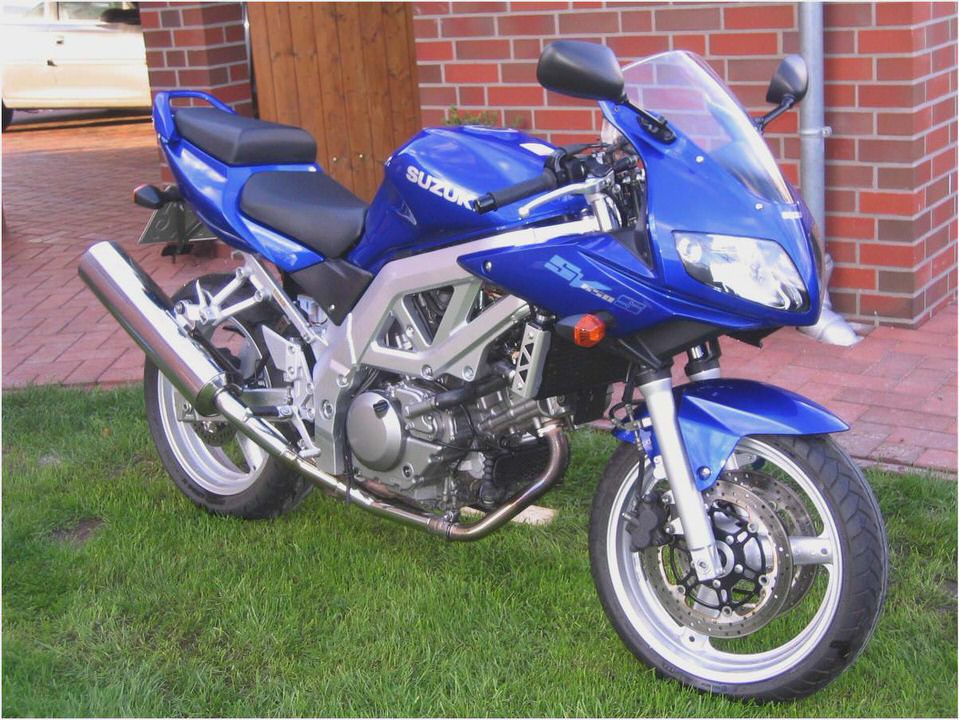
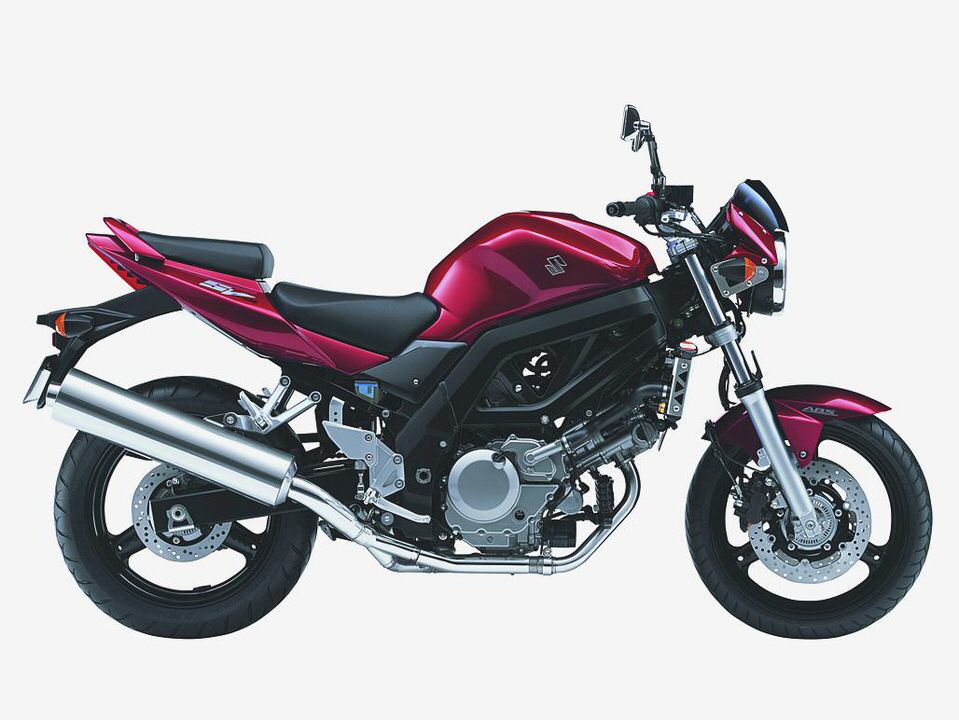
With this family relationship and some similar styling touches to what little of the 650’s engine you can see from outside the swoopy bodywork, some have assumed that the engine is merely a larger version of the EX’s. Well, that assumption is dead wrong. The 649cc engine is a thoroughly modern unit developed solely for this bike.
The 83.0mm x 60.0mm cylinders breathe through four valves each. The timing chain sprockets are located on the side of the engine to reduce the rocking couple inherent in parallel-Twins, and the narrow cylinder pitch contributes to this as well as slimming the width of the engine. The cylinders are linerless, plated aluminum to save weight.
Other nice touches to the engine include the cassette-style transmission for ease of maintenance and the routing of cooling lines through the cases for less clutter.
We imagine Mr. Buell is privately gloating at the current proliferation of under-engine mufflers, such as this tidy one on the Ninja that unfortunately does a little too much muffling for our tastes.
The engine is tuned, not surprisingly, for low- to mid-range power. Fuel metering comes courtesy of fuel injection and a pair of 38mm throttle bodies. The exhaust has a three-way catalyst for air-friendliness.
Placing the muffler under the engine assists in mass centralization and lowers the center of gravity-a plus for novice riders.
Despite the larger displacement, the engine is significantly smaller than the EX500’s. A triangular layout of the crankshaft and transmission shafts significantly shorten the engine. A semi-dry sump helps to reduce the height of the engine. This compact unit allows for a narrower profile and a simpler frame construction.
A long swingarm, thanks to the short engine length, will improve handling while still keeping a relatively short wheelbase of 55.3 inches.
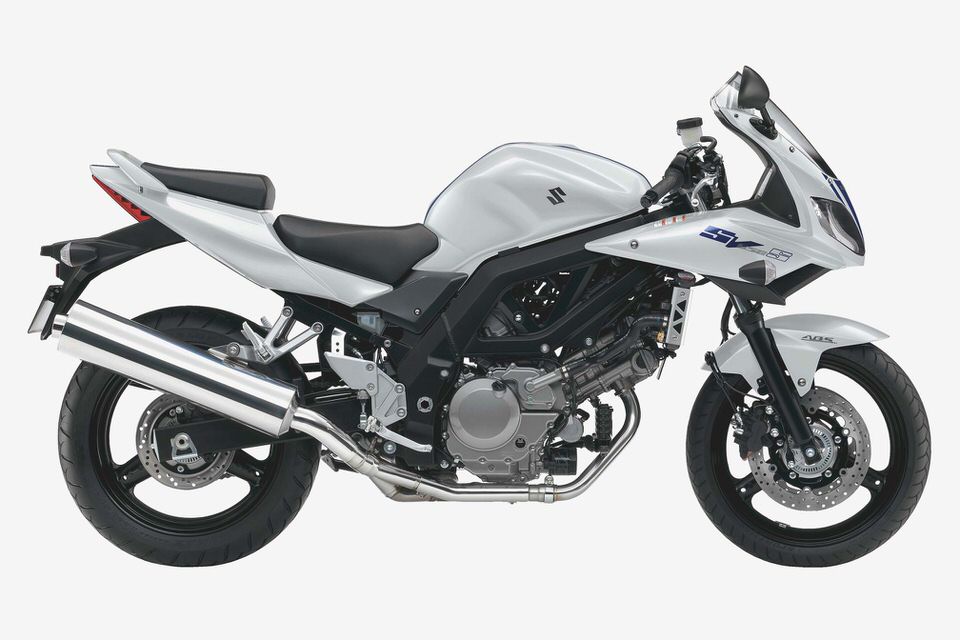
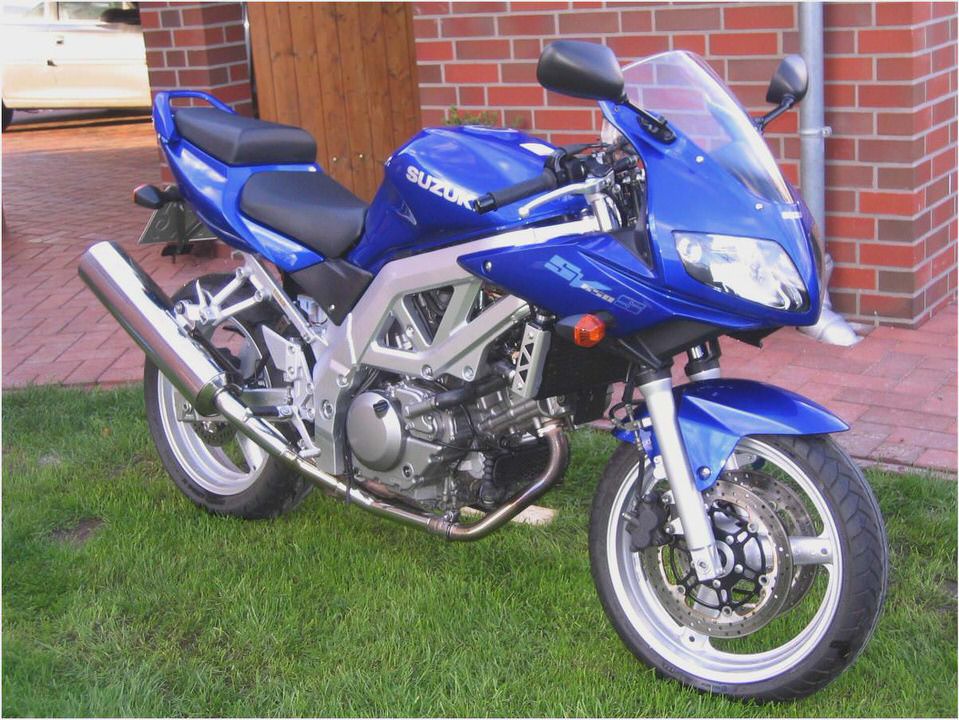
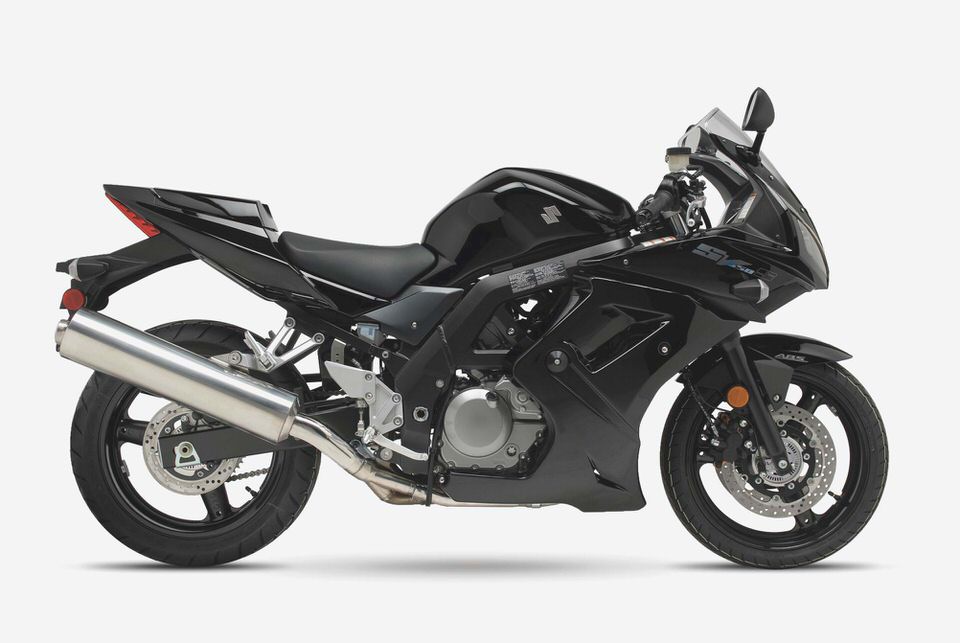


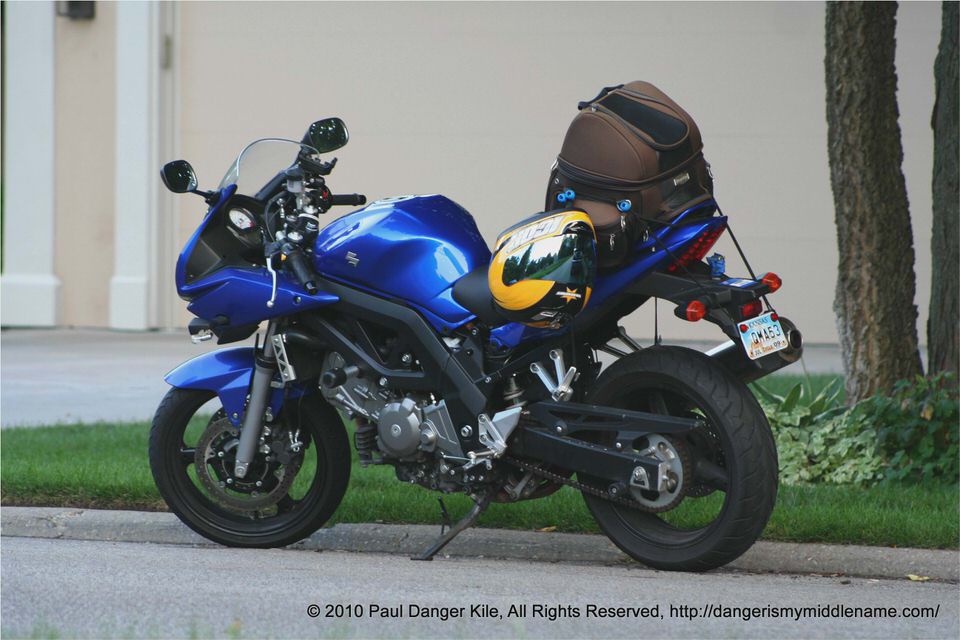
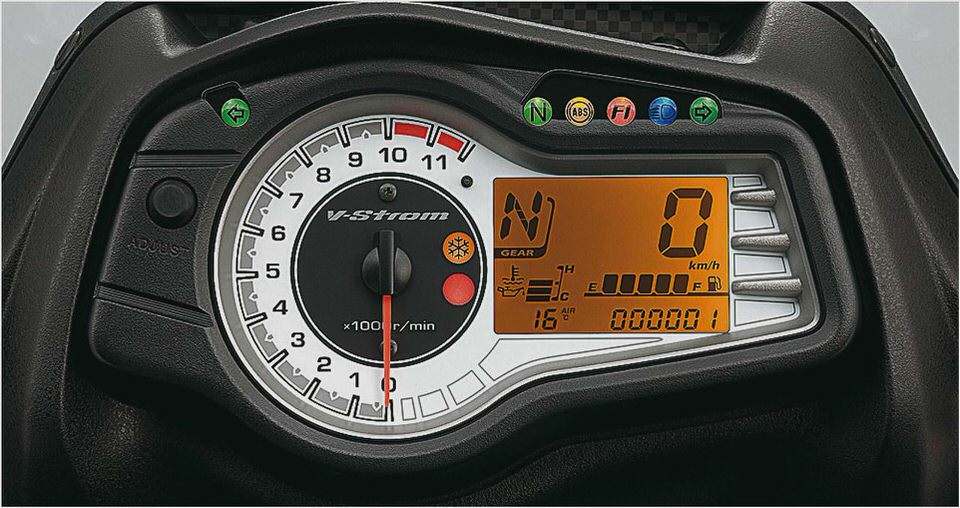
- CAR Mania: Ferrari 333 SP
- Suzuki GS 450A-Suzuki
- Spiral (Ring, #2) by Koji Suzuki — Reviews, Discussion, Bookclubs, Lists
- Suzuki unveils 2012 V-Strom 650 ABS Sport Rider
- Suzuki Gs 850 Owners Guide Books
